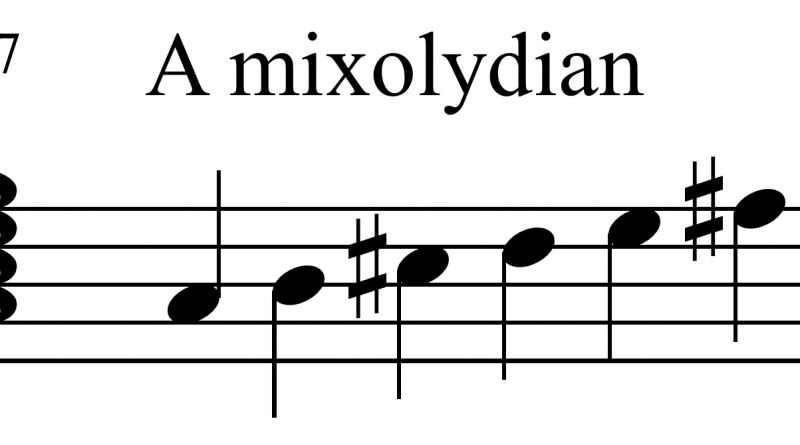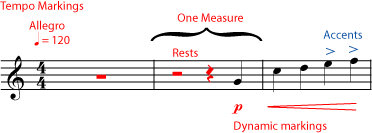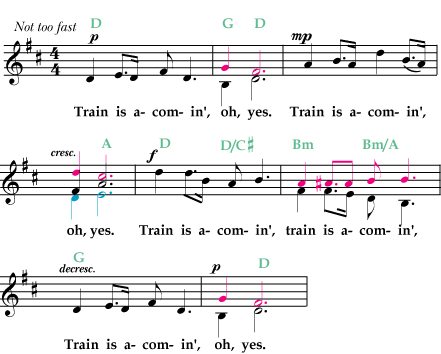Seventh chords : Music symbols
Seventh chords may be thought of as the next natural step in composing tertian chords after triads. Seventh chords are constructed by adding a fourth note to a triad, at the interval of a third above the fifth of the chord. This creates the interval of a seventh above the root of the chord. There are various types of seventh chords depending on the quality of the original chord and the quality of the seventh added.

Five common types of seventh chords have standard symbols. The chord quality indications are sometimes superscripted and sometimes not (e.g. Dm7, Dm7, and Dm7 are all identical). The last three chords are not used commonly except in jazz.
| Chord names | Component notes (chords and intervals) | Chord symbols | |
| major seventh | major triad | major sev. | CMaj7, CMA7, CM7, CΔ, Cj7 |
| Major minor sev. | major tr. | minor seventh | C7, C7 |
| minor s. | minor triad | minor sev. | Cm7, C-7, C-7 |
| diminished seventh | diminished t. | diminished seventh | Co, Cdim7 |
| half-diminished sev. | diminished triad | minor sev. | Cø, Cm7b5, C-7(b5) |
| augmented major seventh | augmented tr. | major s. | C+(Maj7), CMA7, CMaj7+5, CMaj7#5, C+j7 |
| augmented sev. | augmented t. | minor seventh | C+7, C7+, C7+5, C7#5 |
| minor major s. | minor triad | major s. | Cm(Maj7), C-(j7) |
When a dominant seventh chord (a major minor seventh in its most common function) is borrowed from another key, the Roman numeral corresponding with that key is shown after a slash. For example, V/V indicates the dominant of the dominant. In the key of C major, where the dominant (V) chord is G major, this secondary dominant is the chord on the fifth degree of the G major scale, i.e. D major. Note that while the chord built on D (II) in the key of C major would normally be a minor chord, the V/V chord, also built on D, is major.
Symbols of extended music chords
Extended chords are tertian chords (built from thirds) or triads with notes extended, or added, beyond the seventh. Thus ninth, eleventh, and thirteenth chords are extended chords. After the thirteenth, any notes added in thirds duplicate notes elsewhere in the chord, so there are no fifteenth chords, seventeenth chords, and so on.
To add one note to a single triad, the equivalent simple intervals are used. Because an octave has seven notes, these are as follows:
| Chord names | Component notes (chords and intervals) | Chord symbols | ||
| Add nine | major triad | ninth | – | C2, Cadd9 |
| Major fourth | major triad (no third) | perfect fourth | – | C4 |
| Major sixth | major tr. | sixth | – | C6 |
| Six-nine | major t. | sixth | ninth | C6/9 |
| Dominant ninth | dom. seventh | major ninth | – | C9 |
| Dom. eleventh | dominant sev. (the 3rd is usually omitted) | major n. | perfect eleventh | C11 |
| Dominant thirteenth | dominant seventh (the 3rd is usually omitted) | major ninth | perfect 11th major13th | C13 |
Other extended chords
Other extended chords follow the logic of the rules shown above.
Thus Maj9, Maj11 and Maj13 chords are the extended chords shown above with major sevenths rather than dominant sevenths. Similarly, m9, m11 and m13 have minor sevenths.
Extended chords, composed of triads can also have variations. Thus madd9, m4 and m6 are minor triads with extended notes.




